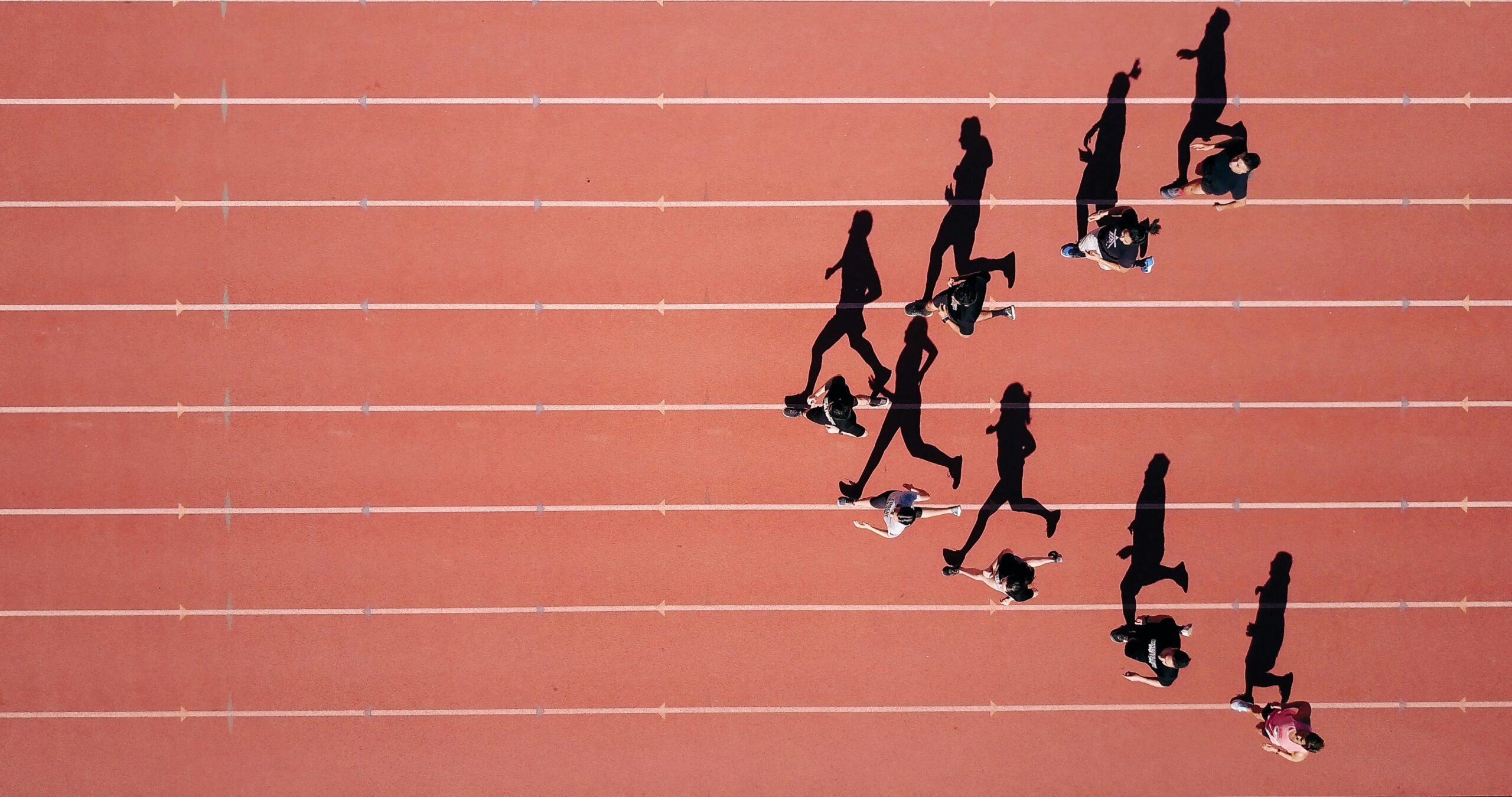
In combat sports, athletes must constantly push their physical and mental boundaries to achieve peak performance. Success in these highly competitive fields demands strength, speed, agility, strategy, and psychological resilience. Training for combat sports is about physical prowess and developing tactical awareness and mental fortitude. In this article, we’ll explore the essential techniques that can enhance performance in combat sports, providing athletes with the tools needed to excel in training and during competition.
Strength and Conditioning for Combat Athletes
A combat athlete’s physical condition is the cornerstone of their success. Whether it’s boxing, mixed martial arts (MMA), wrestling, or judo, strength and conditioning exercises are crucial to preparing the body for the demands of the sport. Combat sports require a unique blend of endurance, explosiveness, and muscular strength. Conditioning should include cardiovascular training, strength training, and sport-specific drills.
Cardiovascular endurance is significant, as combat sports can be grueling and require athletes to maintain high energy levels over an extended period. Long-distance running, cycling, or swimming can build the stamina necessary for these sports. However, athletes also need explosive power and muscle strength for quick movements, takedowns, and striking. Weight training, plyometrics, and resistance exercises are fundamental for building the strength required for these explosive actions.
Incorporating functional movements, such as kettlebell swings, deadlifts, and squat jumps, can improve power and stability. Combat sports also require flexibility and mobility, so dynamic stretching and yoga can help athletes maintain agility and reduce the risk of injury.
Tactical Awareness and Fight IQ
While physical training is essential, combat sports are just as much about strategy and intelligence as raw strength. Fighters must be able to read their opponents and anticipate their moves to outsmart them. This skill, often called Fight IQ, is developed through experience and a deep understanding of the sport’s technical nuances.
A high Fight IQ involves knowing when to attack, defend, or counterattack and recognizing patterns in an opponent’s behavior. For example, a fighter must recognize when an opponent drops their guard or telegraphs a punch in boxing. In MMA, assessing positioning for takedowns or submissions can make all the difference.
Training for tactical awareness often involves sparring, where athletes can simulate real fight situations. Coaches play an important role in helping athletes study footage of previous matches, focusing on their performance and that of their opponents. This analysis allows fighters to identify weaknesses and capitalize on opportunities in future encounters. By improving Fight IQ, athletes can gain a competitive edge even if facing a physically superior opponent.
Mental Toughness and Focus
Mental toughness is often the defining factor in whether an athlete can succeed in combat sports. The ability to remain calm and focused under pressure is crucial, especially when facing an opponent trying to exploit your weaknesses. Combat sports can be physically and emotionally draining, and athletes must develop psychological resilience to push through difficult moments.
Visualization techniques are a powerful tool used by many top athletes. By mentally rehearsing their techniques and visualizing different fight scenarios, fighters can prepare to respond confidently and clearly during the actual fight. Deep breathing and mindfulness practices can also help fighters maintain focus, regulate their emotions, and stay in the moment during intense situations.
In addition, developing a growth mindset is essential. Athletes should embrace failure as a learning experience rather than as a setback. Combat sports are challenging, and mistakes are inevitable, but the most successful athletes use their losses as opportunities to grow and improve.
Skill Development Through Repetition
Mastering the fundamentals of any combat sport requires consistent practice and repetition. Whether striking, grappling, or defending, athletes must spend countless hours refining their techniques to achieve precision and efficiency. This doesn’t mean repeating movements mindlessly but rather performing drills with focus and intent.
In boxing, for example, developing the perfect jab, hook, and uppercut requires continuous refinement. In judo or wrestling, perfecting the timing and execution of throws and submissions is a matter of muscle memory and quick reflexes. The more an athlete drills these movements, the more natural and instinctive they become in a competitive setting.
Recovery and Injury Prevention
Just as training is crucial for success in combat sports, recovery is equally important. Intense physical exertion can lead to muscle strain, joint injuries, and fatigue, so taking the time to recover correctly ensures that athletes can continue training without risk of overuse injuries.
Rest and sleep are essential for muscle repair and regeneration. Nutrition also plays a significant role in the recovery process. A balanced diet rich in protein, healthy fats, and carbohydrates can give the body the necessary nutrients to repair muscles and replenish energy stores. Supplements, such as creatine, omega-3 fatty acids, and branched-chain amino acids (BCAAs), can further support recovery and muscle growth.
In addition to sleep and nutrition, active recovery techniques such as foam rolling, massage, and ice baths can help alleviate soreness and improve blood circulation. Regular stretching and mobility work are also essential to prevent stiffness and improve range of motion, which can reduce the likelihood of injury in future training sessions.
The key to success in combat sports lies in mastering physical techniques, mental toughness, and strategic awareness. Athletes who invest time in conditioning their bodies, sharpening their minds, and refining their skills through repetition will find themselves prepared for success both in training and in the ring or octagon. By continuously improving in these areas, combat athletes can maintain a competitive edge, stay injury-free, and excel at the highest levels of their sport.